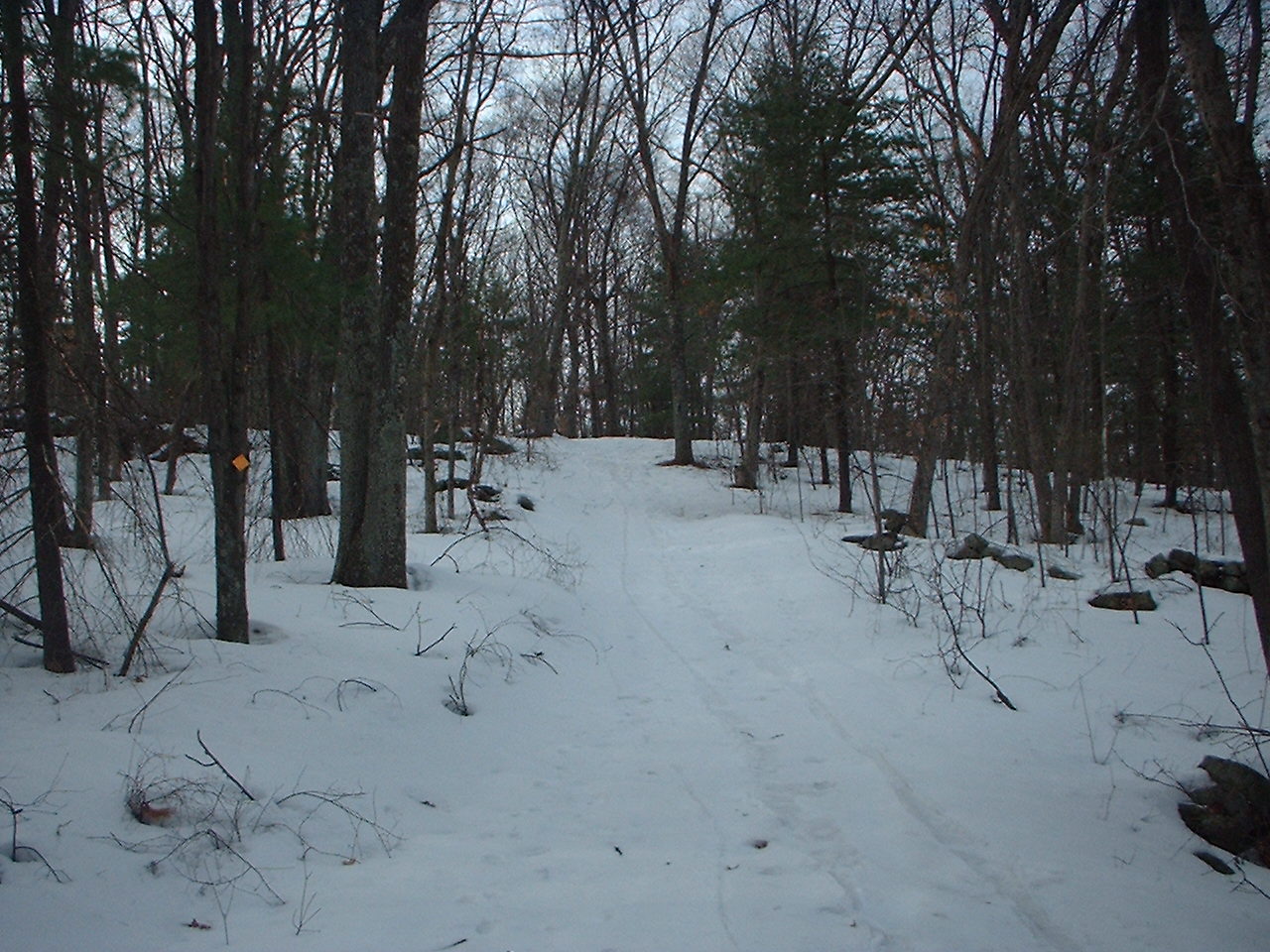Indian turnips are white in color and their roots resemble a small turnip in shape. They sprout up in the Spring, and usually grow to be 1 to 2 feet tall. Their leaves have three parts and contain smooth margins with netted vains. Each plant of an indian turnip produces one bloom underneath its leaves.
This plant gets its nickname "jack-in-the-pulpit" from its appearance. The "jack" is a green spike that contains many inconspicuous male and female flowers. The most apparent part of the bloom is the "pulpit", which is a leaf that wraps around and hides the "jack". The "pulpit" is usually all green or can be striped with red or reddish-violet. At the end of the summer the "pulpit" falls away and reveals a cluster of red berries. (These red berries were eaten by Native Americans.)
Interesting Fact: This plant was used by Native Americans to treat tuberculosis, other respiratory illnesses, and stomach problems. When used as a remedy, bulbs were cut into slices and left outside to dry for at least four weeks, and were then taken internally as medicine. Also, when this plant is fresh, the root is toxic, however after it is dried out it loses its astringent.
Caution: Do not eat this plant. Ingestion can cause oral and gastric irritation, and possibly swelling in the mouth and throat. Be aware that the Indian Turnip grows in wooded, shaded areas in the spring, so make sure small children and pets don't eat the bulbs, stems, or leaves.



